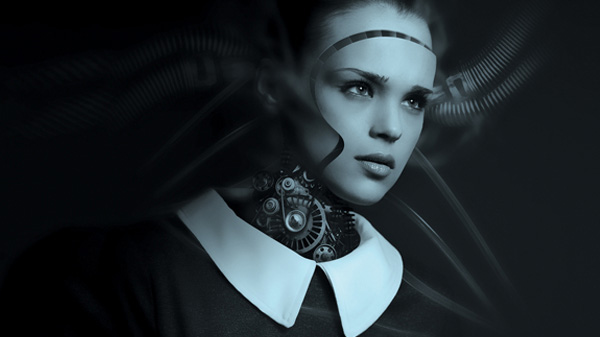When the first sabot – a form of heavy wooden work shoe favoured by European peasantry back in the early 19th century – was first chucked into the inner workings of a new-fangled bit of mill machinery, it marked two major developments in humankind’s march onwards. The first was the arrival of a whole new meaning of the word “saboteur” – while previously it had merely been the plural of sabot. Perhaps more significantly, it was also, arguably, the first instance of the workers of the world apparently fearing jobsolescence at the hands of machinery. Since then, it has been a concern that has echoed and re-echoed down the ages.

First, it was the looms that were supposedly set to end humanity’s apparent right to work from dawn to dusk in appalling conditions for even more appalling pay. Then it was electricity. Then it was greater automation. Then it was the silicon chip and robotic production lines. Through it all, though, the workforce’s dogged determination to spend all of its healthiest years at the beck and call of the production cycle has always prevailed.
Indeed, as technology has moved forward, people have always remained a vital part of the equation, acting as supplier, worker and customer in equal measure. Greater technologisation also had another direct implication – education. This has led to a huge surge in literacy. According to the OECD, as of 2015, some 86 percent of the world’s adults were able to read and write. Dial back some 200 years, however, and the situation was almost wholly reversed, with only 12 percent having basic literacy skills.

Aside from basic literacy, the changed nature of the workbase currently requires minions that have mastered science, foreign languages and computer programming, among many, many others, as well as a host of interpersonal skills. Unfortunately, the production process is now on the verge of becoming so complex and so autonomous that human operators will face complete jobsolescence. And it’s all down to AI – Artificial Intelligence.
At its peak – which we are well within sight of – AI technology will see the creation of a range of self-aware, self-maintaining, self-improving machines. These will fully integrate with production lines and troubleshoot any problems, while also being able to diagnose their own shortcomings, devise improvements and create blueprints for the next generation of – even smarter – AI systems.

And so will begin an endless cycle of ever-smarter machines creating even smarter machines, eradicating any failings and weaknesses with each successive generation. With humankind ejected from the process as soon as the first system becomes self-aware enough to do so, we will very quickly be incapable of building such systems on our own. Indeed, we won’t even necessarily understand the precepts and technologies that are being implemented.
And that day isn’t even that far away. In terms of exactly when computers will gain the level of self-awareness that is currently unique in the universe to humanity, 2045 is the year that is being bandied around by many specialists in the field – most notably by Ray Kurzweil, a renowned US scientist, inventor and futurist. That date, though – which is just 27 years hence – does not mean that humanity’s AI-driven obsolescence is currently on hold.

According to the World Economic Forum, the highly-authoritative annual Geneva-held international think tank, by 2020 – just two years away – five million jobs will have been lost globally to AI-led automation. That equates to a nation the size of Norway suddenly facing utter jobsolescence.
By 2030, as self-aware AI creeps incrementally ever closer, the number of jobs lost forever to all things automated will be around 800 million, according to a study recently concluded by the McKinsey Global Institute. In just 12 years’ time, that’s roughly every man, woman and child in Germany – Western Europe’s largest country by population – having zero employment prospects.

The rate of jobsolescence will then increase exponentially. Within a generation or two – three at most – every aspect of the production of the world’s wants (from mining raw materials to home delivery) could proceed, more efficiently than ever, without a single human ever being involved.
With humanity out of work, that begs another rather obvious question – what will become of humankind? Will we loll around as our mechanical minions pander to our every need? Or will the sentient systems, themselves, decide just what the fate of this post-AI world will be?
While the answers to these questions are currently far from clear, one thing, however, is chillingly apparent – many of us will still be around to find out.
Text: William Elliot
Photos: AFP



